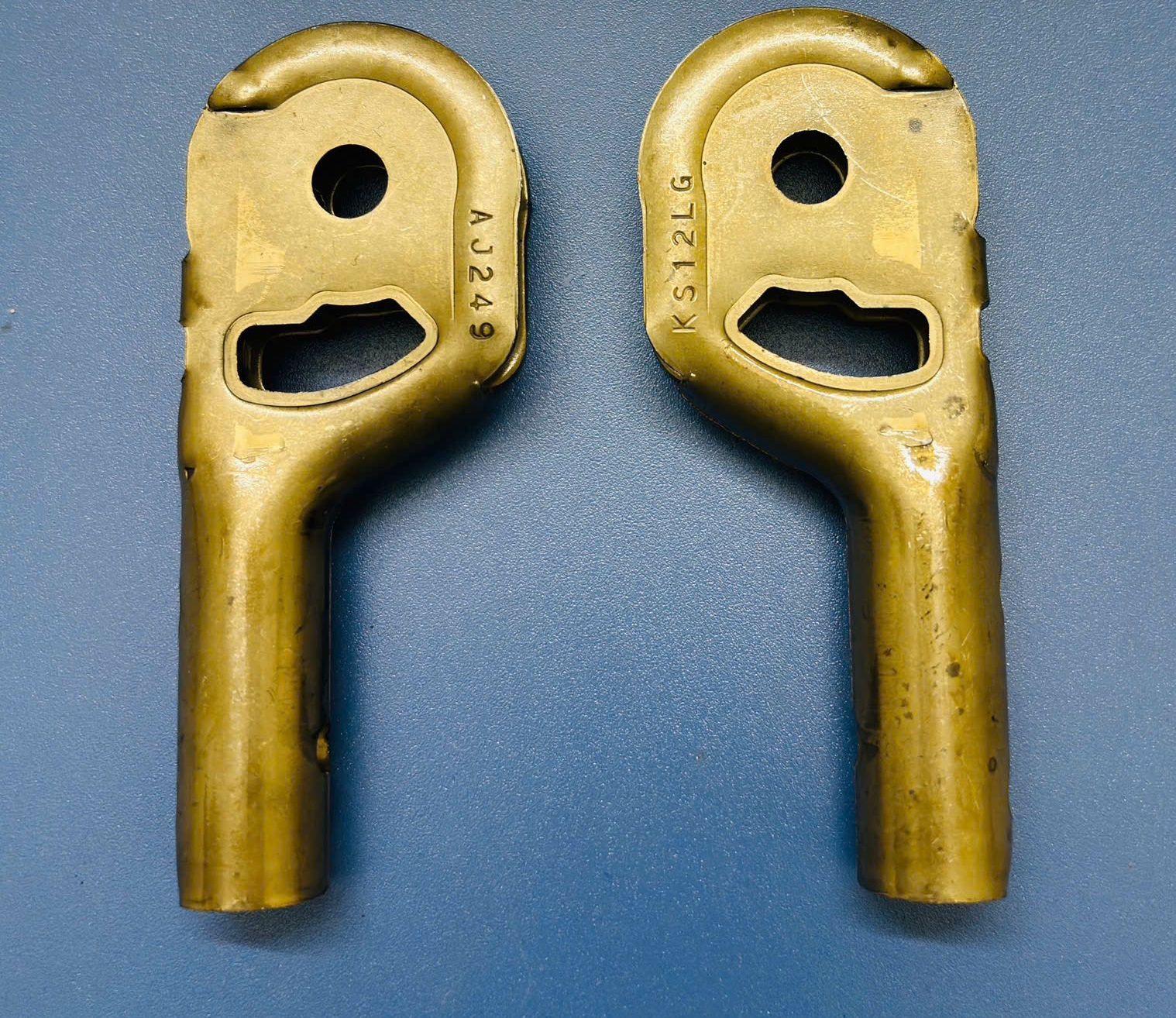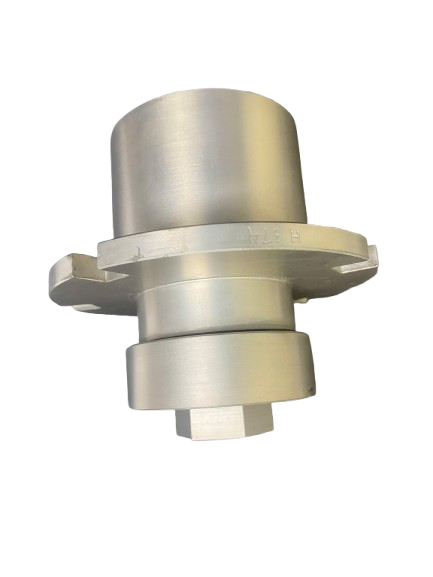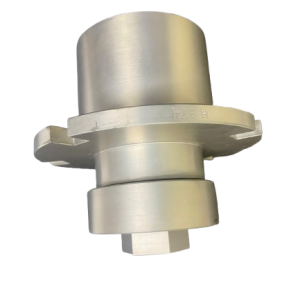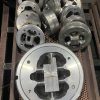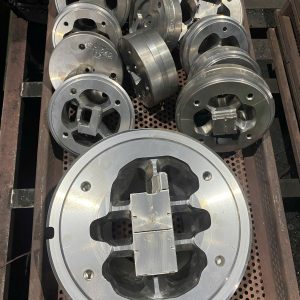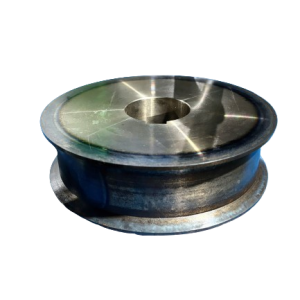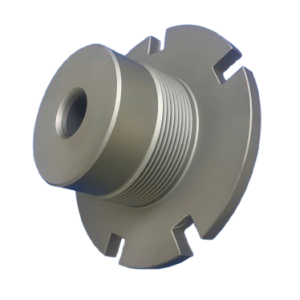Principle and Purpose
-
- Principle: At temperatures between 880–950°C, the steel transforms into austenite, which allows carbon to diffuse into its crystal structure. Carbon is introduced from a carbon-rich environment (gas, liquid, or solid) and penetrates the surface through diffusion.
- Purpose:
- Form a carbon-enriched surface layer that can transform into martensite upon quenching, significantly increasing surface hardness.
- Maintain a low-carbon, tough core to withstand impact and dynamic loads.
Process Steps
- Material and Preparation:
- Use low-carbon steels (e.g., 20Cr, 16MnCr5, 20MnCrTi).
- Clean the surface thoroughly to ensure uniform diffusion.
- Carburizing (Diffusion Phase):
- Heat to 880–950°C for several hours, depending on the desired case depth (commonly 0.3–2.0 mm or more).
- Carbon diffuses into the surface while the material is in the austenitic phase.
- Quenching:
- Rapid cooling in oil, water, or gas converts the high-carbon surface into martensite, achieving hardness of 58–64 HRC.
- Tempering:
- Performed at 150–200°C to relieve internal stresses and improve toughness of the hardened layer.
Case Characteristics
| Property | Typical Values |
| Case depth | 0.3 – 2.0 mm (up to 4 mm in special cases) |
| Surface hardness | 58 – 64 HRC |
| Core hardness | 25 – 35 HRC (depending on base steel) |
| Wear resistance | Very high |
| Impact resistance | Excellent (tough core, hard shell) |
Advantages
- Selective hardening with optimal material performance.
- Significantly increases component life in abrasive environments.
- Suitable for complex geometries.

 日本語
日本語 English
English 中文 (中国)
中文 (中国)
